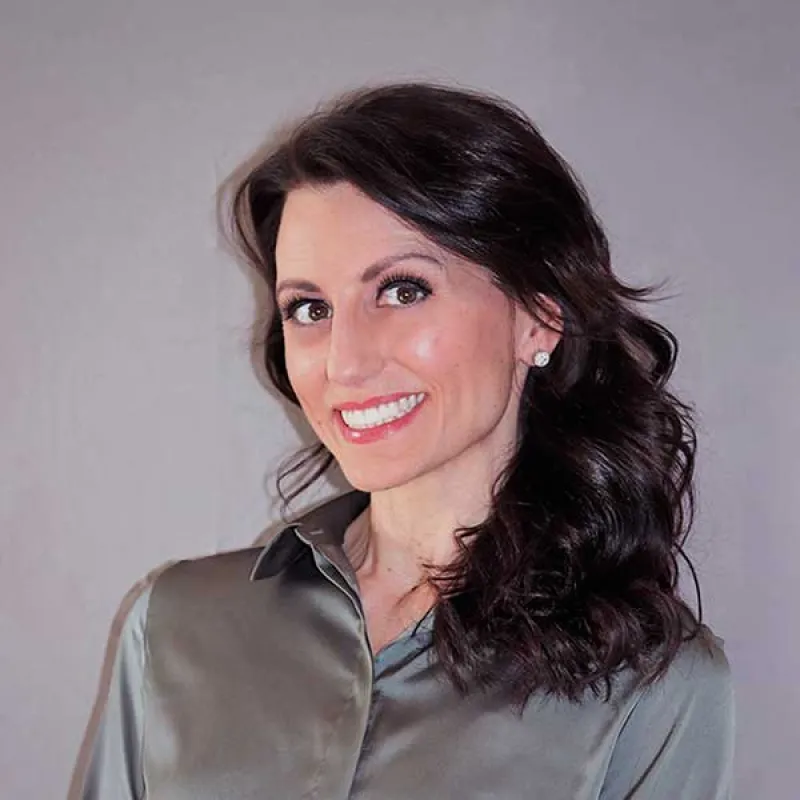
You might ask yourself why an employer would move from the traditional two-week benefit open enrollment period to a strategy that focuses on all 52 weeks of the year. The short answer is that life happens to us every day.
Life is a collection of moments that are not limited to just a two-week window, and we must engage with our employees during each of these "moments that matter" to best serve their total well-being. As we shift from the traditional, linear approach to open enrollment, we must create a well-rounded, continuous design for benefits engagement that evolves with our employees. And with a new year-round approach to benefits enrollment comes with the opportunity for developing innovative communications and engagement methods.
Helping Employees Maximize the Value of Their Benefits
Employee benefits are a huge factor in retaining talent. In fact, 72 percent of employees say that benefits are extremely important to their job satisfaction,1 and 73 percent agree that the ability to customize their benefits package creates loyalty to their employer.2 That’s why we see many employers starting to offer more options in their benefit packages.
However, simply offering more choice is only part of the equation when it comes to connecting employees with the right options that will support their overall total well-being. The other part requires designing an enrollment experience that doesn’t make employees feel like they're drinking water from a fire hydrant. Because with more choice comes the risk of choice overload—the "paralysis by analysis" we've all experienced before.
So the question becomes, “How can you create an enrollment experience that enables employees to make the right decisions and realize the full value of their benefit package?”
To help employees avoid choice overload and get them actively involved in the decision-making process, it's essential that we have a paradigm shift towards a more engaging enrollment experience.
A great analogy to illustrate this shift is to compare going from a school cafeteria lunch line to a fine dining experience.
Benefits Enrollment as School Cafeteria vs. Fine Dining
From the milk crates to the mystery meat, memories of your school cafeteria are easy to recall. And if you’ve had the opportunity to experience a fine dining occasion, with the elegant ambiance and guided food pairings, the difference in the two experiences provides a perfect parallel to the transformation needed in the benefits industry.
The cafeteria lunch line encounter is rushed and can easily evoke feelings of anxiety. The line must keep moving and it becomes overwhelming as you're forced to make all decisions without asking questions or taste-testing the different options. It’s a grab-and-go environment that offers the same limited options and portions to everyone. This is comparable to the old mentality of offering all employees the same benefits with no opportunity to personalize.
However, with a multi-generational workforce and employees experiencing a wide range of moments that matter throughout the year, we must embrace that benefits are not one-size-fits-all.
When you transition to a fine dining experience, the pace of selection becomes more relaxed and you are able to discuss the different menu items with your family and friends. In this new setting, you also have the opportunity to speak with an expert, such as your server or chef or sommelier, about the best options that suit your needs and how to get the most out of your selections.
To provide that "fine dining" experience with benefits and support our associates as they navigate the complexities of the health care "menu," we’re piloting a new program at Benefitfocus called Benefit Navigators. It’s designed to help ensure that employees are fully equipped to be smart consumers of their benefits, because using benefits is just as important as choosing them when it comes to realizing the full value of the offering.
And speaking of appreciating the full value of benefits, as mentioned earlier, employees place a lot of significance in their benefits when determining their job satisfaction. So the Benefit Navigators program can actually help us ensure our efforts to offer a competitive benefits package aren't lost.
Let's get back to our school cafeteria/fine dining experience analogy.
The cafeteria makes you pay one overall fee and does not take into account that you're likely paying for options that you have no intention of consuming. Paying a generic, all-inclusive fee tends to result in a lack of ownership and engagement. If you visit a school cafeteria, you’ll see a large amount of waste and leftovers that end up in the trash cans. This is exactly what happens when employees do not have the ability to choose which benefits they want on their plates and they're not able to see the value of each individual offering.
The fine dining experience provides you with a detailed menu of options with a cost listed for each. At the end of your meal, you’re presented with a fully itemized bill, which allows you to assess how your satisfaction compares with the cost. A great way for employers to demonstrate the full value of their benefits package is to offer this same concept of an itemized bill—also known as a total rewards statement.
The best time I’ve found to launch a total rewards statement is prior to open enrollment, so that employees can be made aware of their options and identify areas where they can better maximize the value of their benefits.
Conclusion
The employee benefits industry is experiencing a massive transformation that's expanding the employer’s responsibility to increase health literacy and create better health care consumers. With unemployment at a 50-year low, employee benefits have become a massive differentiator in recruiting and retaining talent. However, fewer than three out of ten employees are confident they’re using their benefits to their fullest potential.3
And due to the old mentality of delivering benefits within an experience equivalent to an elementary school lunch line, it’s not surprising that employees spend an average of just 30 minutes selecting benefits during an open enrollment period.4 Not only does this mean employees are not engaged in the selection process, it also means that employers are missing the opportunity to better manage rising health care costs through improved utilization.
By shifting the benefits enrollment process to an engaging experience that's personalized with guided decision support, like that of fine dining, employees can better balance their benefits portfolio, while employers can reap the rewards of a healthier, happier workforce.
See how upgrading the benefits enrollment experience can help you achieve cost savings while improving satisfaction. Download the ebook.
1 2018 Aflac Workforces Report
2 Metlife 2018 U.S. Employee Benefits Trends Study
3 American Institute of CPAs Survey
4 Unum
